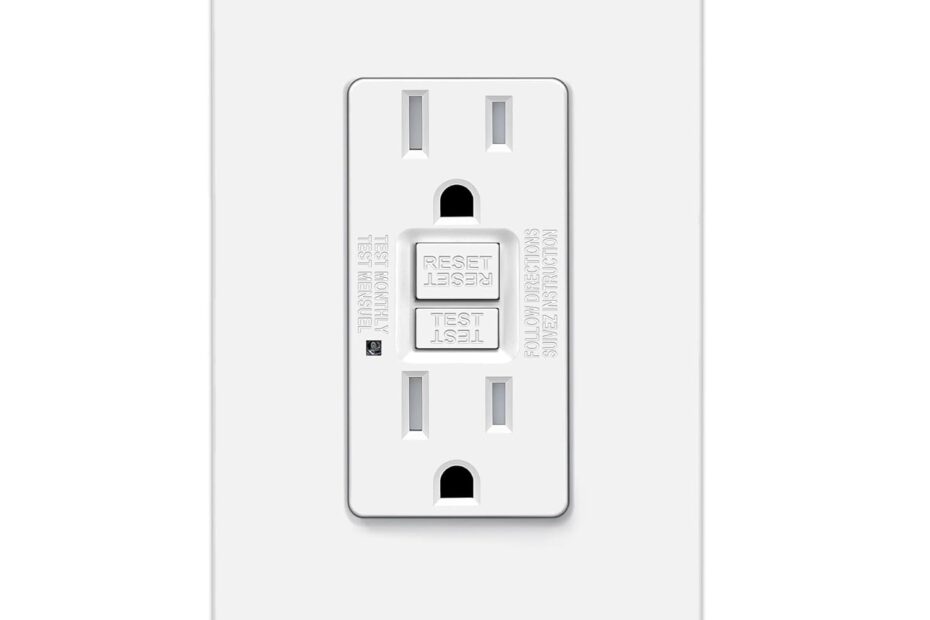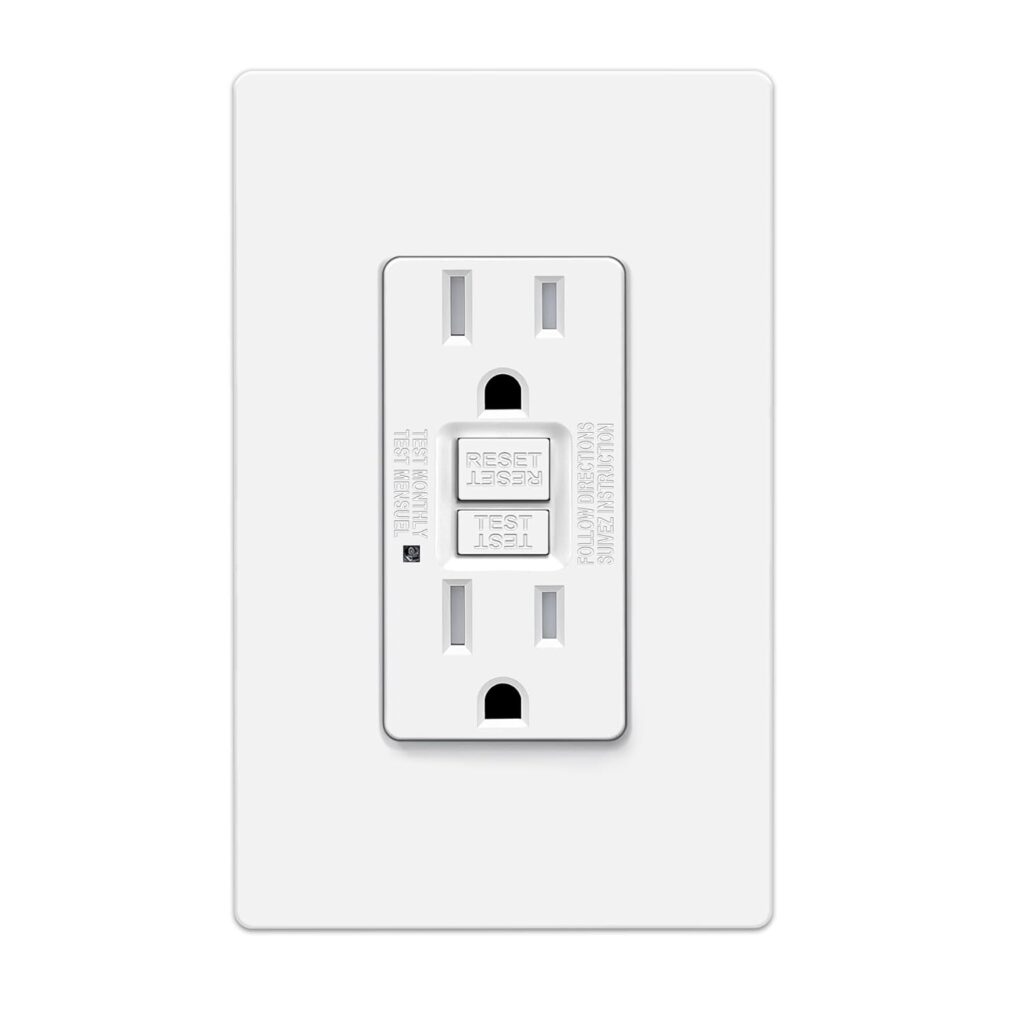A Ground Fault Circuit Interrupter (GFCI) is an essential safety device for any aquarium setup, especially in environments where water and electricity are in close proximity. Here’s why you need a GFCI for your aquarium and how it works:
What is a GFCI?
A Ground Fault Circuit Interrupter (GFCI) is a device that quickly cuts off power if it detects a difference in the electrical current between the hot (live) and neutral wires, indicating a potential ground fault (where electrical current is unintentionally flowing through water, a person, or another unintended path). This helps to prevent electric shocks and potential electrocution.
Why Use a GFCI with an Aquarium?
- Water and Electricity Risk: Aquariums involve water, which is a conductor of electricity. Any malfunctioning equipment, such as heaters, pumps, or lights, can lead to electrical leaks into the water, posing a serious risk of electric shock to both you and the animals in the tank.
- Protection Against Electrocution: A GFCI can protect you from potentially fatal electric shocks when you’re working on or near your aquarium. It can detect even small differences in current that might occur if electricity is leaking into the water and will shut off power within milliseconds.
- Fire Prevention: Electrical faults, such as a short circuit, can also lead to fires. A GFCI can cut off power before an electrical fire has a chance to start.
- Equipment Protection: In the event of an electrical fault, a GFCI can help protect your expensive aquarium equipment from further damage by shutting down the circuit quickly.
Types of GFCI for Aquariums
- GFCI Outlet: This replaces your standard electrical outlet with one that has GFCI protection. It’s the most common type and is ideal for locations where the aquarium is plugged directly into the wall.
- GFCI Power Strip: A power strip with built-in GFCI protection. This is useful if you have multiple pieces of equipment plugged into a single outlet and want to protect them all.
- GFCI Circuit Breaker: Installed directly into your electrical panel, this provides GFCI protection to an entire circuit, covering everything plugged into outlets on that circuit. This is a more comprehensive solution but requires installation by an electrician.
- Portable GFCI Adapters: These plug into a standard outlet and provide GFCI protection for anything plugged into them. They’re a convenient option if you don’t want to replace outlets or install new wiring.
Installation and Maintenance
- Installation: GFCI outlets and power strips are relatively easy to install. However, if you’re not comfortable working with electrical wiring, it’s best to hire a licensed electrician for installation.
- Testing: GFCIs should be tested monthly to ensure they are functioning properly. They usually have a “Test” and “Reset” button. Pressing the “Test” button should cut off power, and pressing the “Reset” button should restore it.
- Placement: If you’re using a GFCI outlet or power strip, make sure it’s located in a dry area and elevated to avoid accidental splashing or spills.
Considerations
- Nuisance Tripping: GFCIs can sometimes trip unnecessarily due to harmless fluctuations in current. However, this is a small inconvenience compared to the safety they provide.
- Redundancy: In critical setups, some aquarists use two GFCI circuits to ensure that if one trips, not all equipment loses power, helping to maintain life support systems like filtration and aeration.
Best Offers
Using a GFCI with your aquarium setup is a critical safety measure that protects you, your aquatic life, and your equipment from the dangers of electrical faults. It’s a simple, yet highly effective way to prevent potentially deadly accidents in environments where water and electricity are closely integrated.


